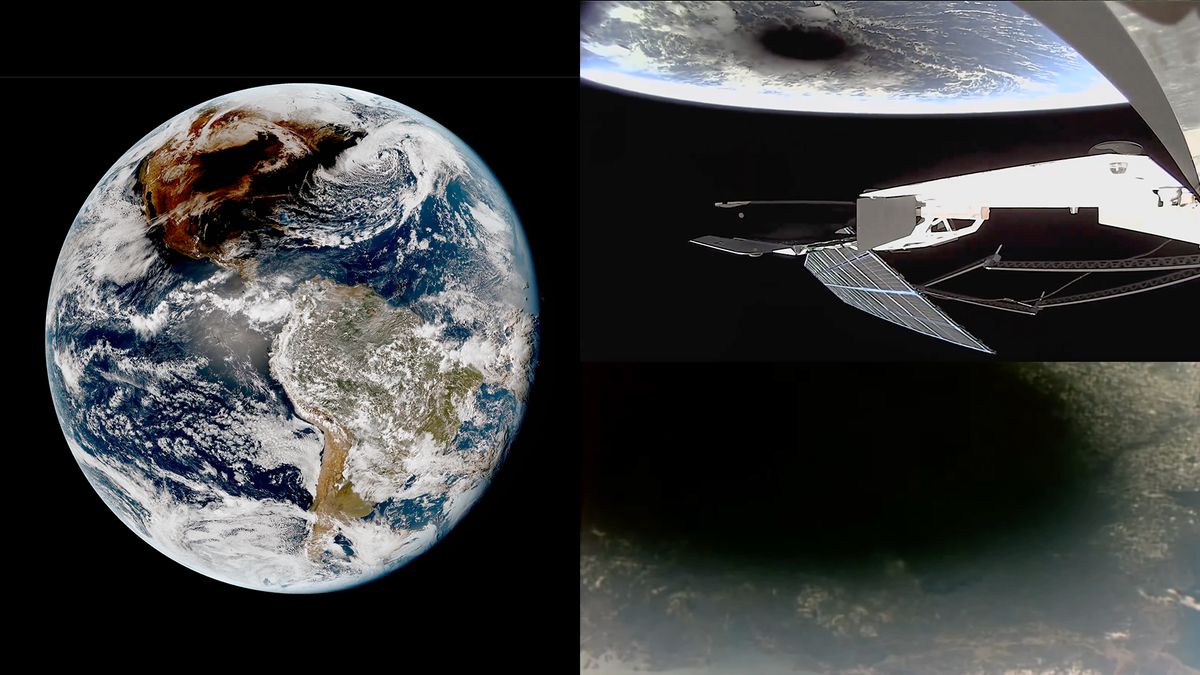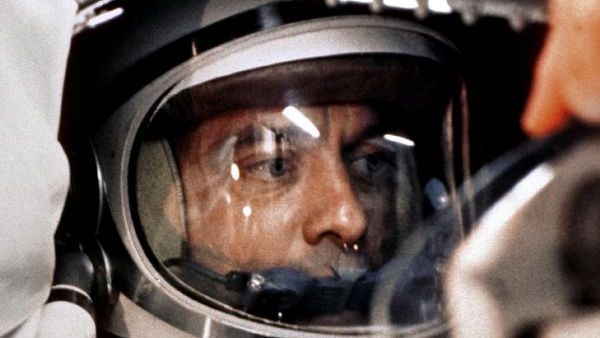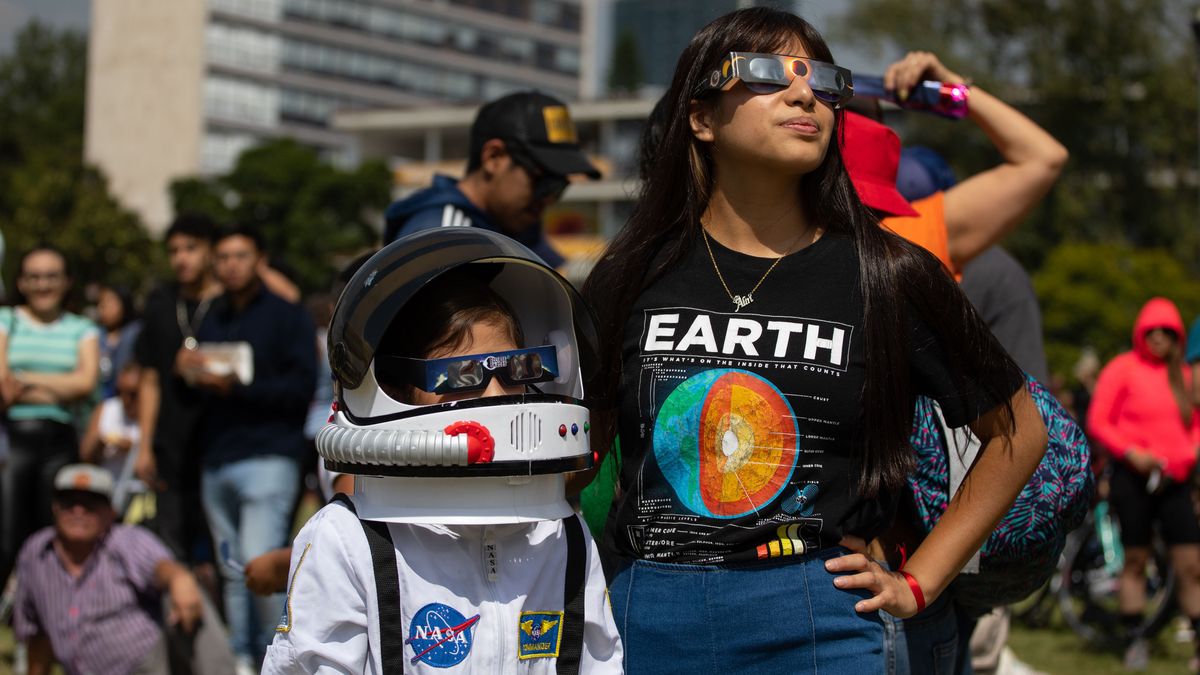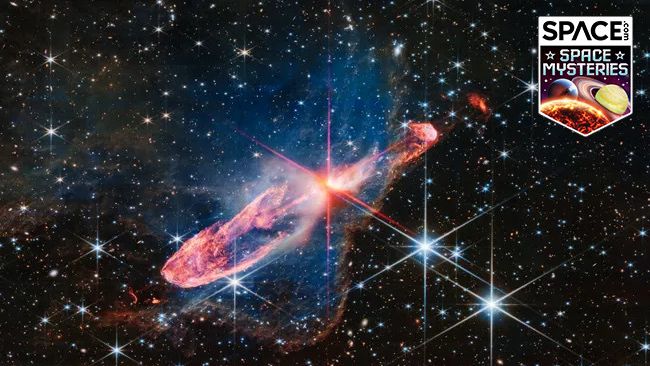Satellites Witness Moon’s Shadow During Solar Eclipse
On April 8, a total solar eclipse graced parts of the United States, Canada, and Mexico, offering a spectacular celestial event for onlookers. While observers on Earth marveled at the sight, satellites in space also captured the fascinating phenomenon as the moon’s shadow engulfed regions in real-time.
The National Oceanic and Atmospheric Administration (NOAA) shared striking images taken by its Geostationary Operational Environmental Satellites (GOES) series, illustrating the moon’s shadow as it swept across the landscape. The advanced baseline imager on the GOES-16 satellite meticulously tracked the progression of the eclipse.
Even SpaceX’s Starlink satellites, typically busy with providing broadband services to remote areas, paused to witness the spectacle from their vantage point above North America.
NOAA Satellites Offer Unique Perspectives
NOAA’s GOES-16 weather satellite, stationed in geostationary orbit, provided a comprehensive view of the moon’s shadow engulfing Earth, showcasing the eclipse on a global scale. Additionally, NOAA-20, orbiting Earth, offered a comparative view of North America during the eclipse versus non-eclipse times.
Notably, Expedition 71 astronauts aboard the International Space Station (ISS) also observed the moon’s shadow race across the planet, obscuring the sun and casting a momentary darkness over Earth. NASA astronaut Michael Barrett from Crew-8 emphasized the advanced equipment on ISS, surpassing what was available during the previous North American eclipse in 2017.
Future Satellite Endeavors
As technology continues to advance, more satellites are poised to join in observing such celestial events. NOAA’s upcoming GOES-U mission, scheduled for June 25, aims to study the sun’s corona, while the Space Weather Follow On L1 (SWFO-L1) project, set for 2025, will investigate the impact of solar activity on Earth from a million miles away.
For enthusiasts interested in witnessing future solar eclipses safely, a comprehensive guide is available to navigate the nuances of observing the sun and capturing captivating images of these astronomical events. Whether through solar eclipse glasses or camera techniques, there are ample resources for individuals keen on exploring the wonders of the cosmos.
If you’ve captured stunning images of the recent total solar eclipse or other intriguing astronomical phenomena, consider sharing your photos, videos, and insights with the readers of Space.com by sending your contributions to [email protected].
Image/Photo credit: source url





